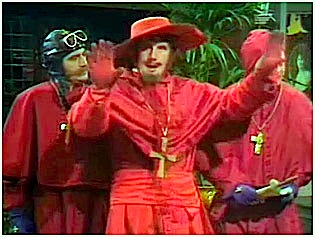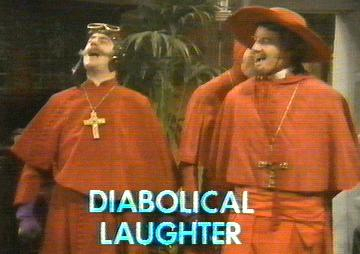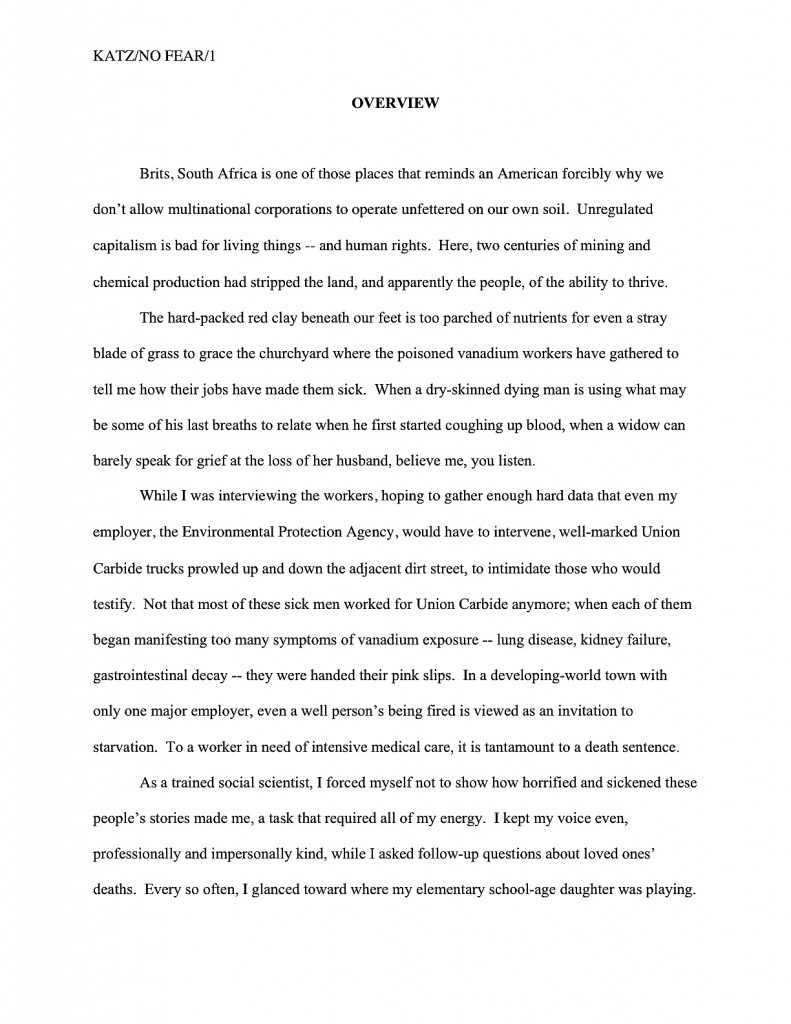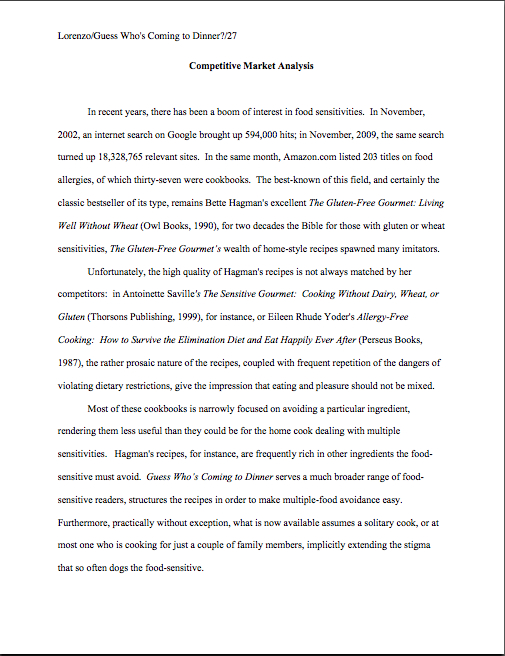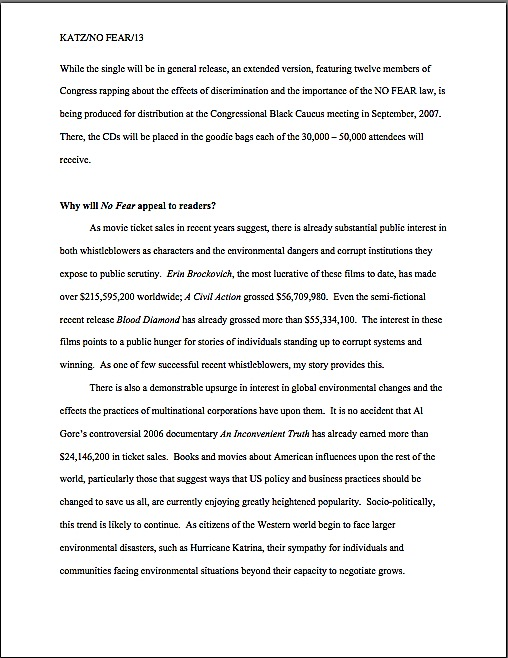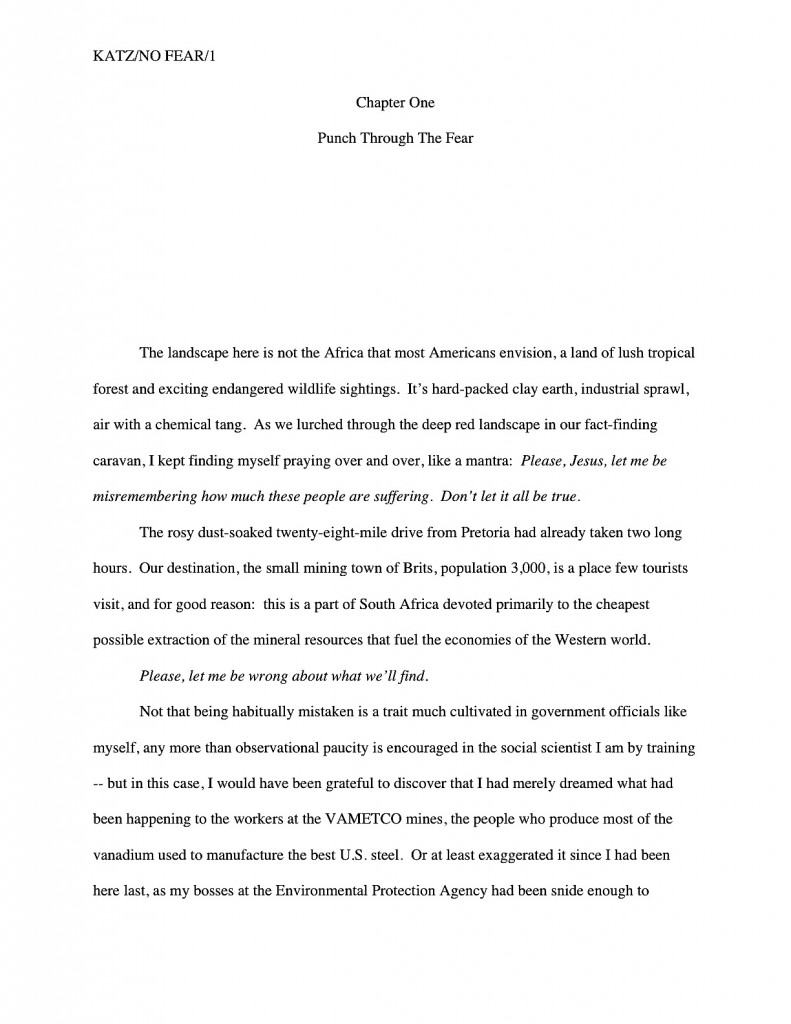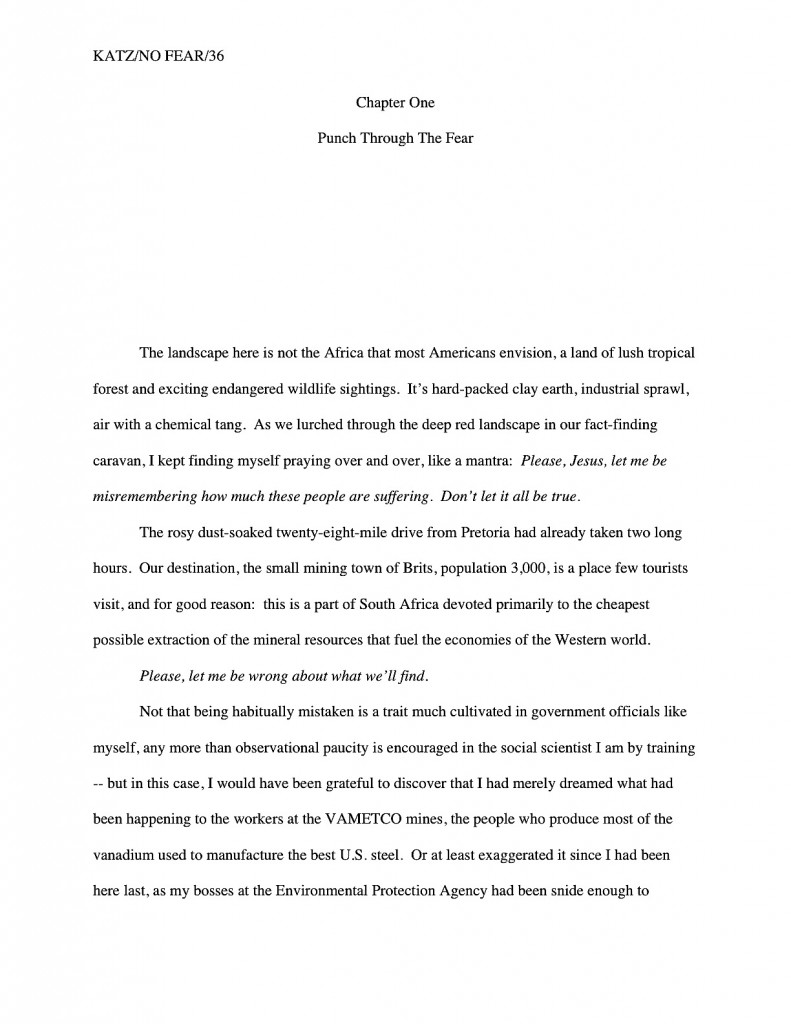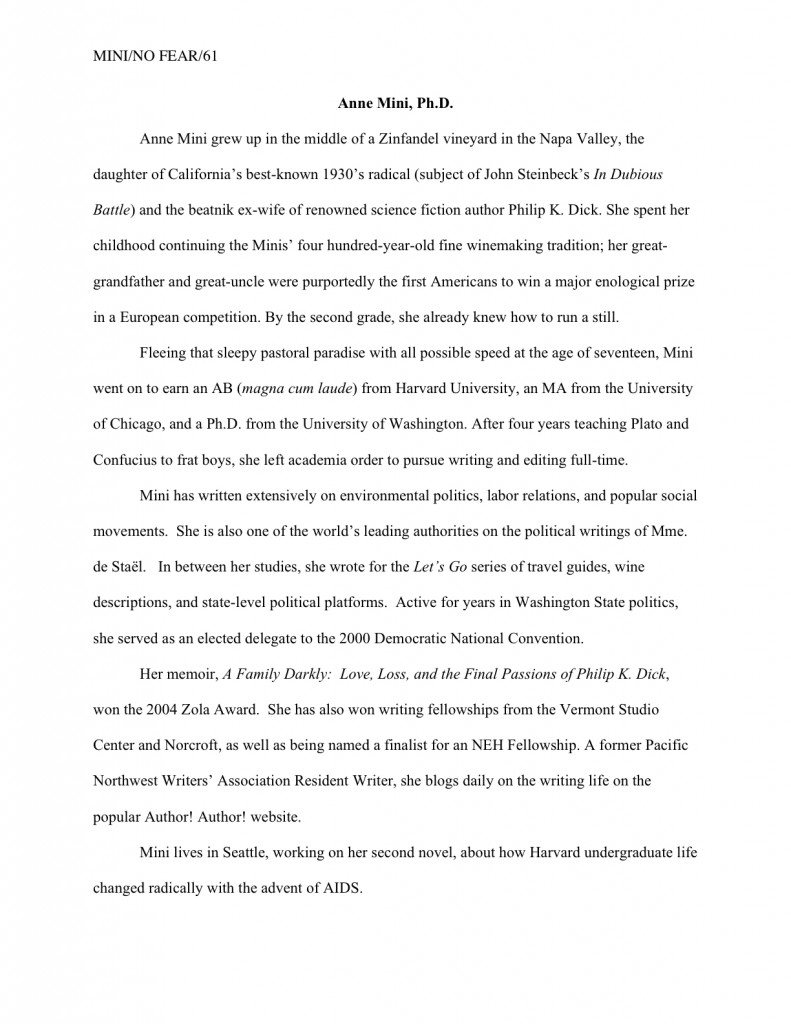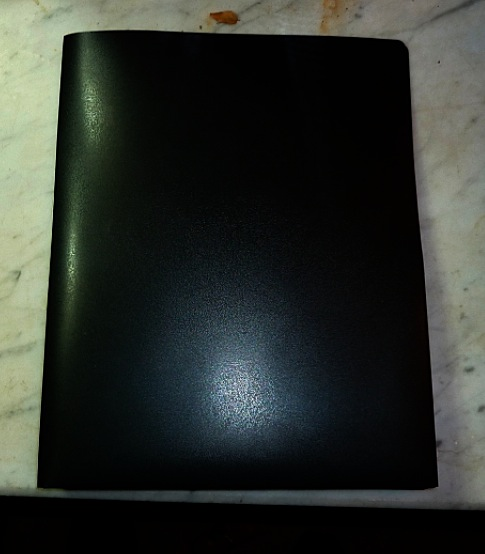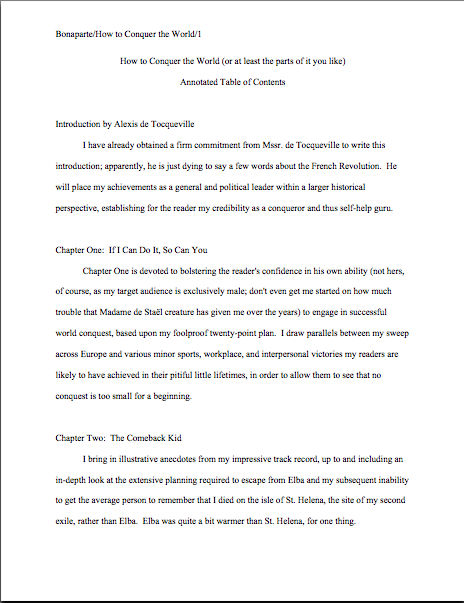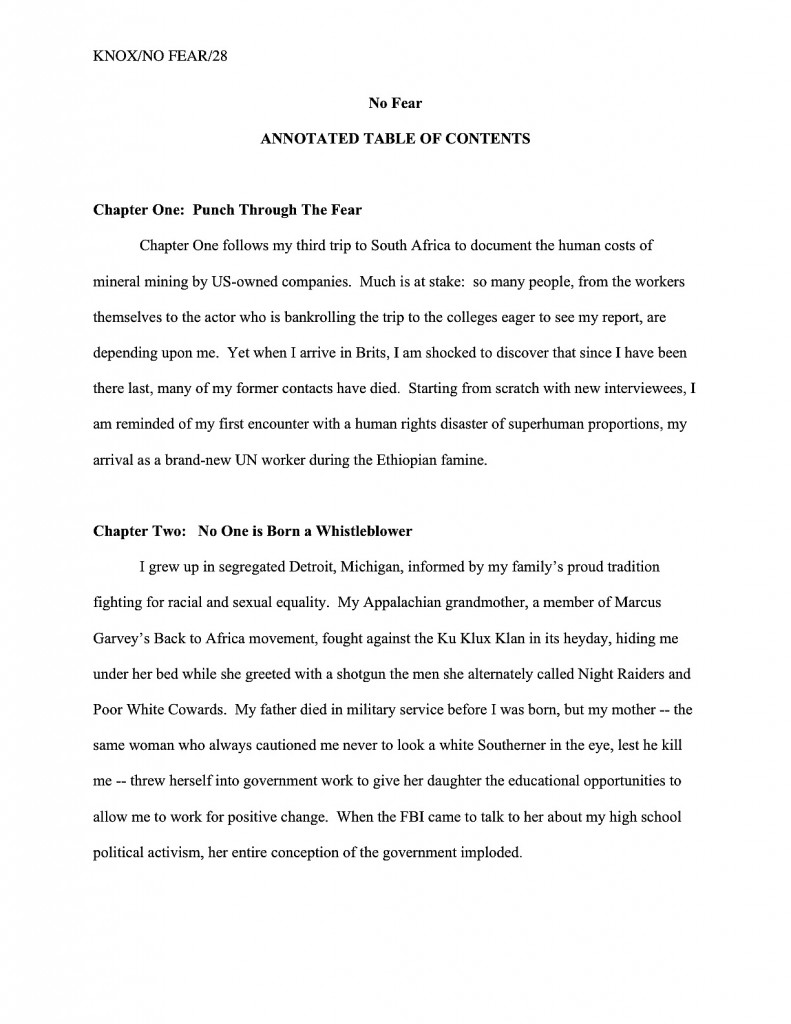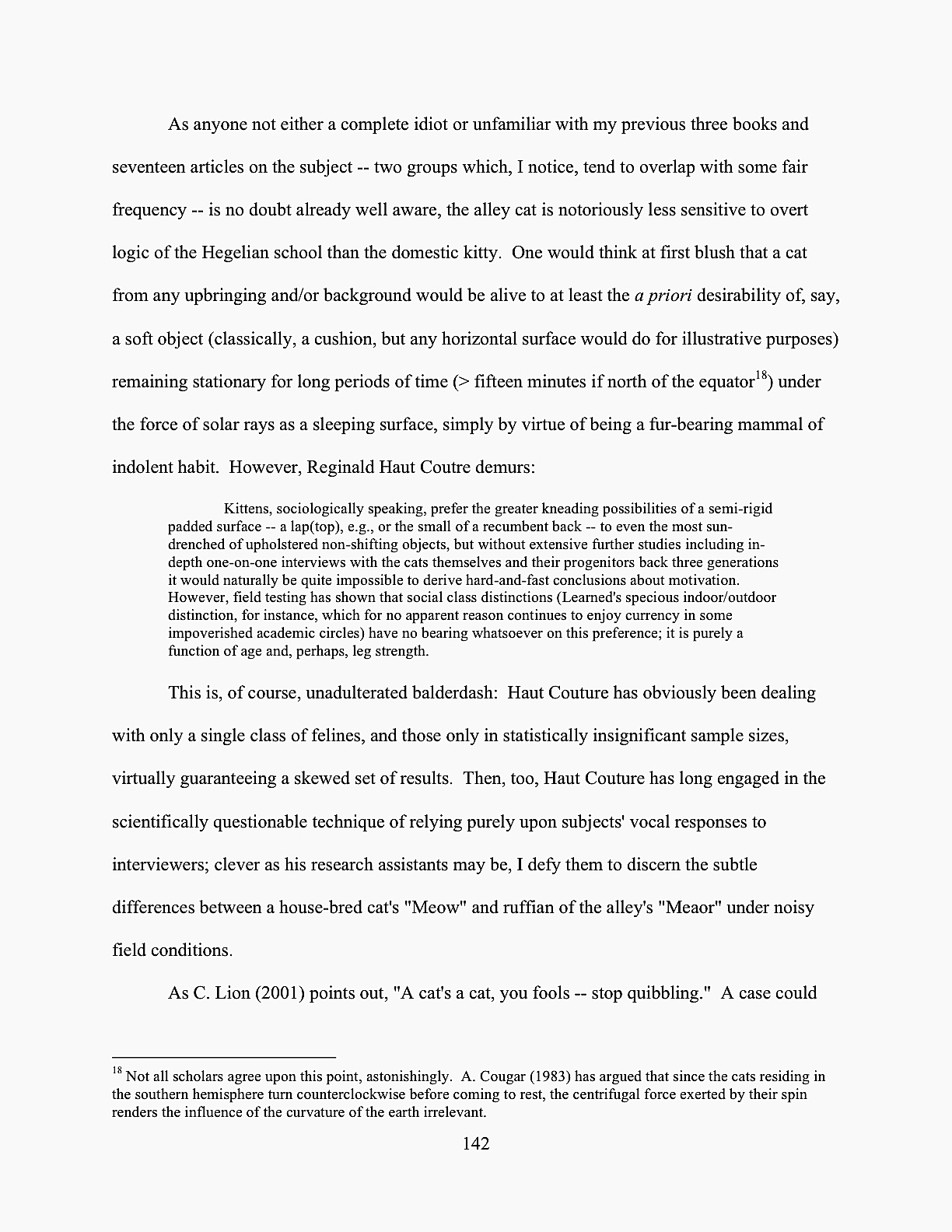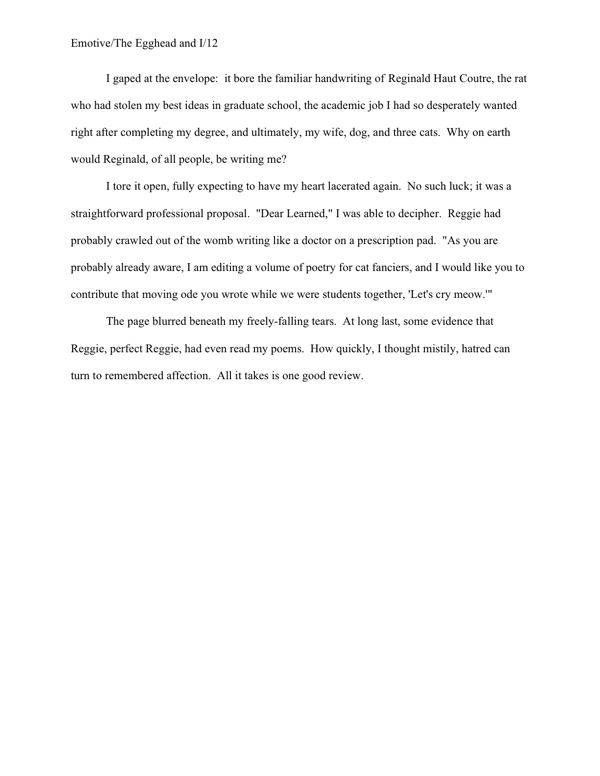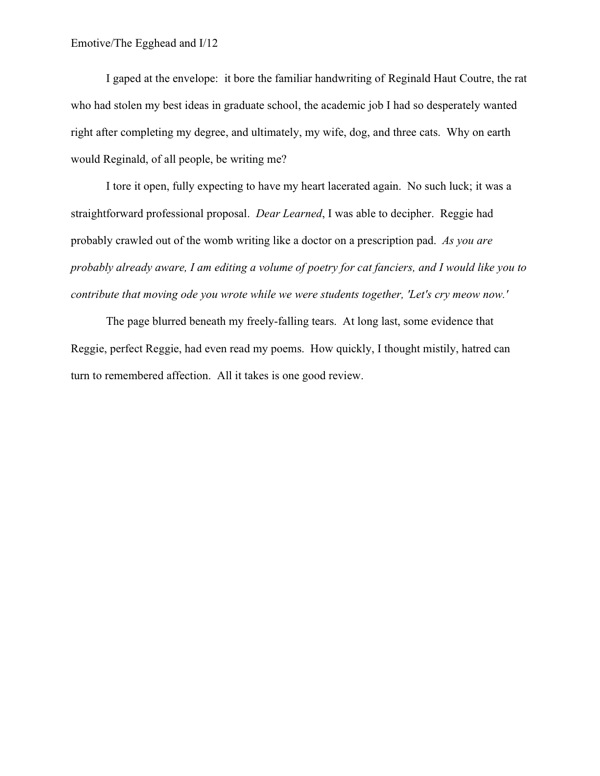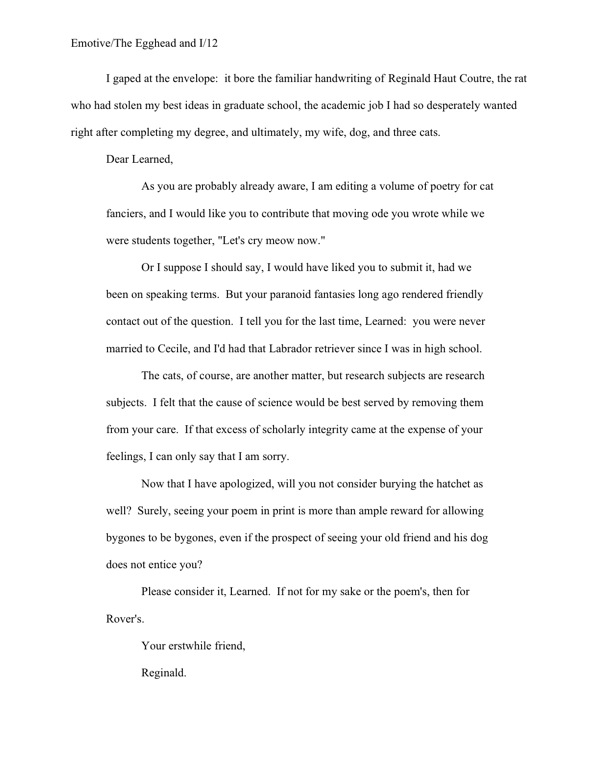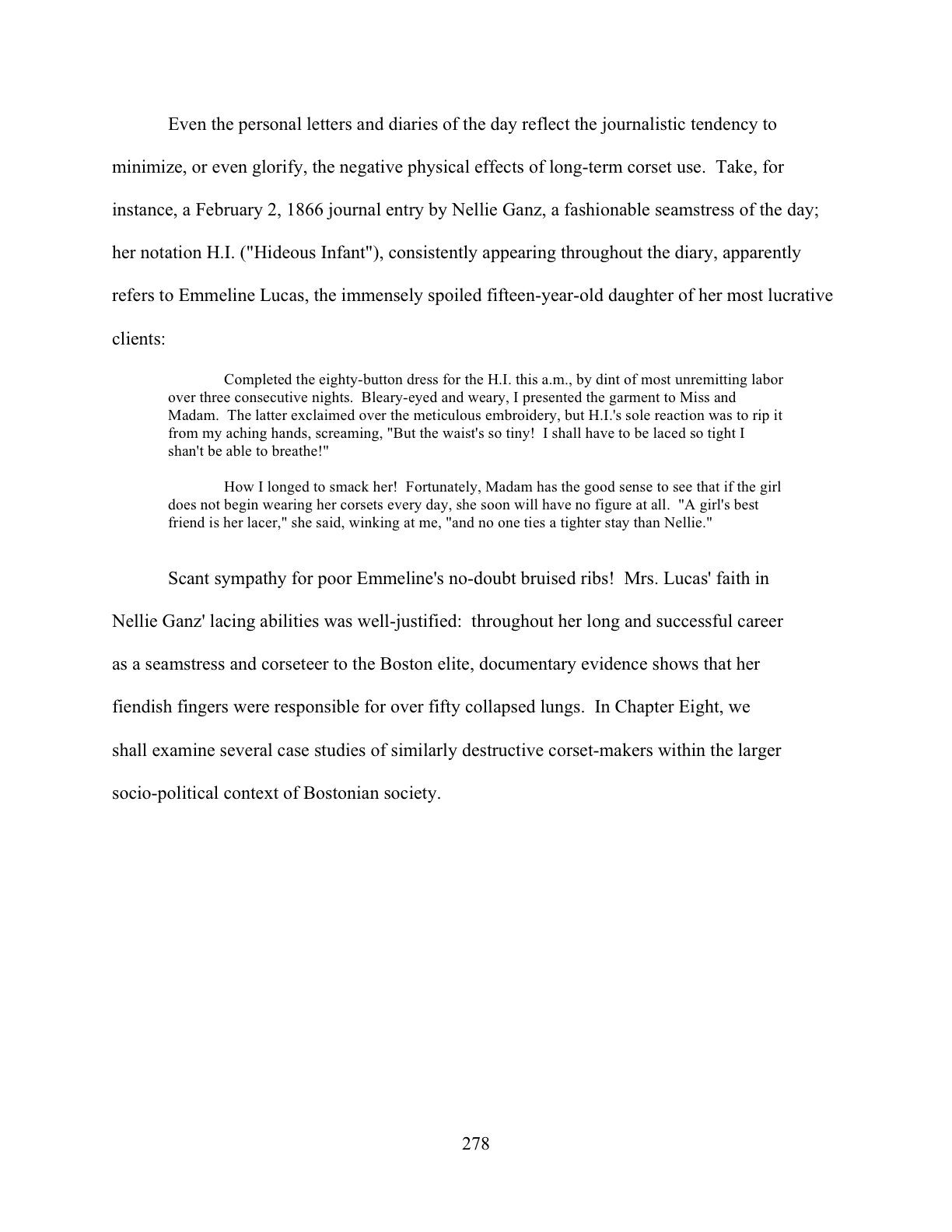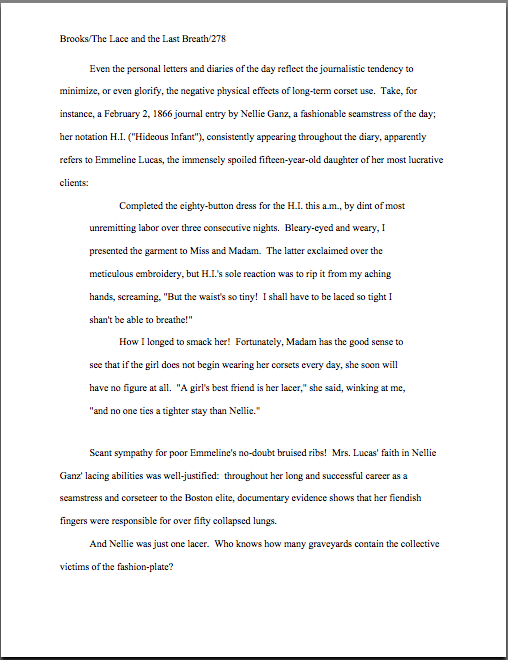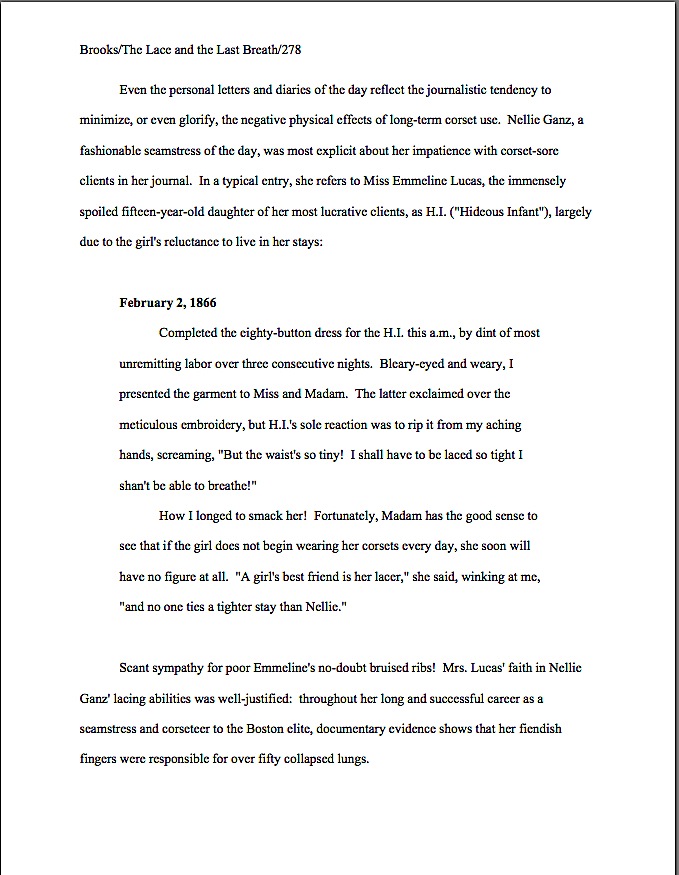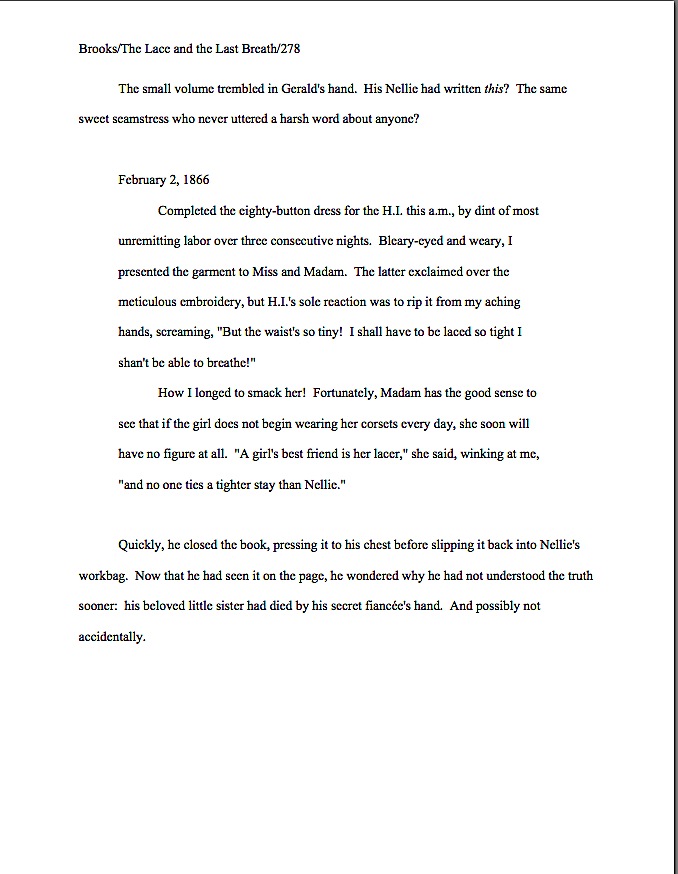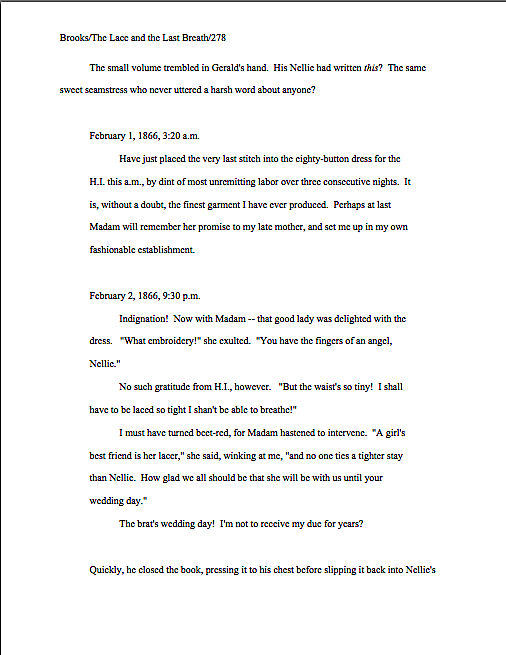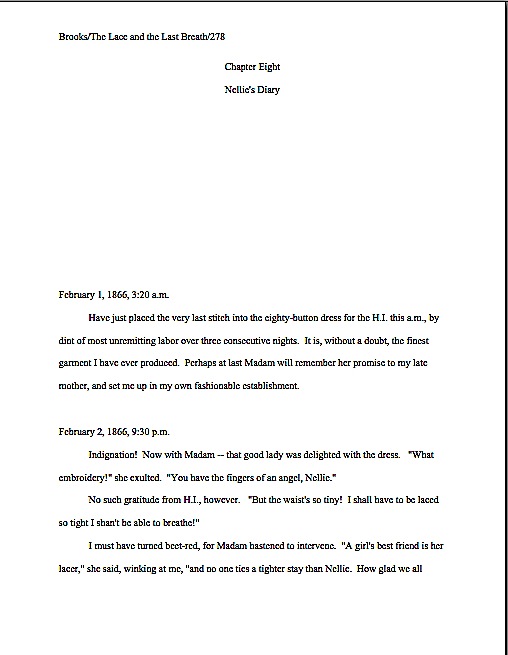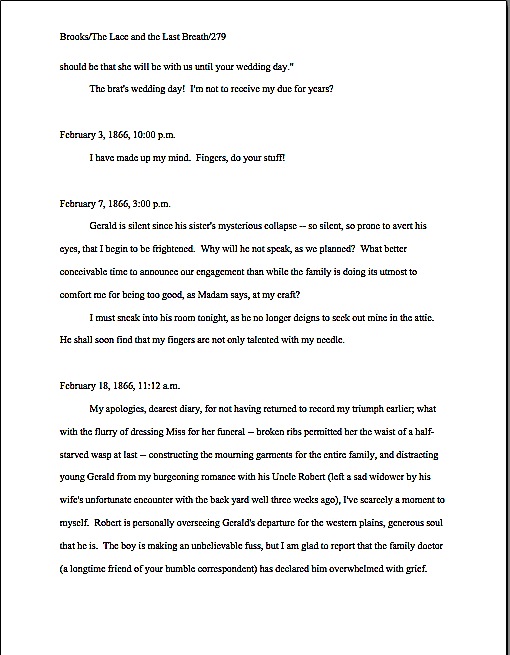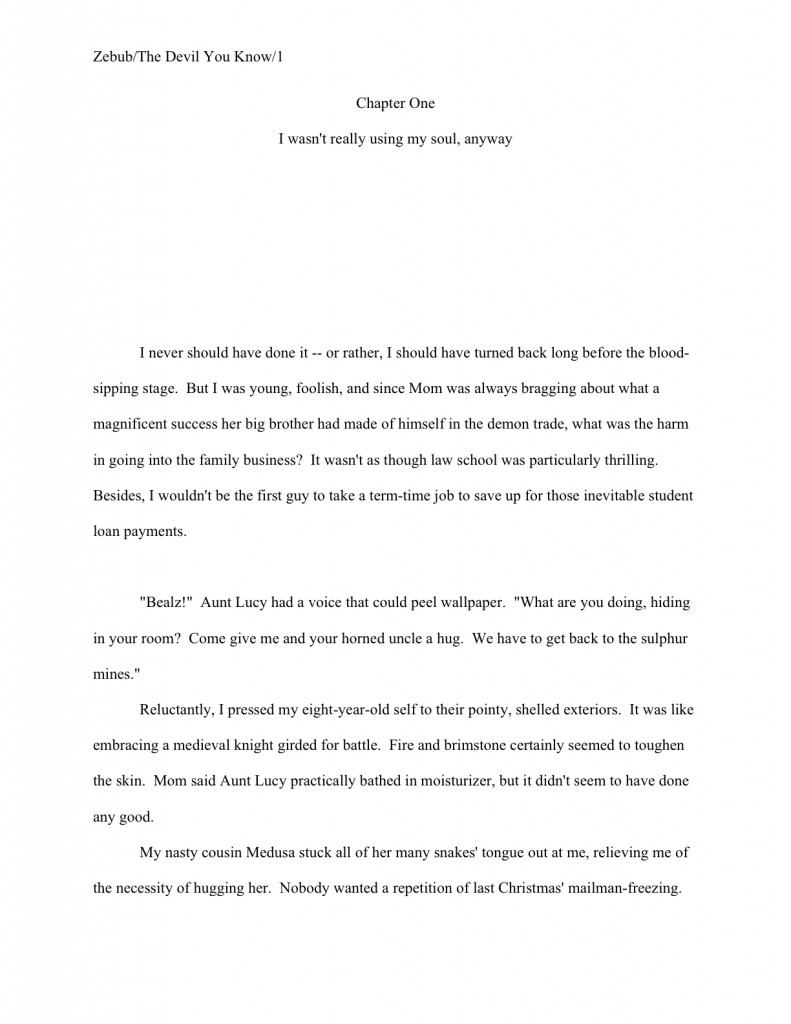
Why open one of my normally quite friendly posts with such a grim image, you ask? A couple of reasons: first, according to several official-looking placards scattered about the Boston graveyard where I took this photo, this stone marks the final resting place of Mother Goose, of fairy tale fame. What writer wouldn’t be glad to have readers remember her name more than three hundred years after her last book came out?
Second, I begin today with a horror tale. A few years back — right around the last time I ran an entire series on constructing multiple-perspective narratives, if memory serves — I sat through a movie that seemed calculated specifically to appall the editors in the audience, a crowd-pleasing independent horror film called CRIME FICTION. Even presented within a film festival that positively gloried in depictions of violent death, the kind where protagonists shooting their girlfriends were the norm, this was a standout. (Okay, so one of the films killed the girlfriend off with an overdose of ecstasy, and she did get to come back as a zombie, but honestly, after the sixth dead paramour in a row, who is making fine distinctions?)
In CRIME FICTION, the protagonist killed his girlfriend (of course), but her gory death wasn’t what made me cover my eyes and scream. Nor did the premise — an unsuccessful writer of spy novels becomes jealous when his doomed-because-she’s-in-the-picture girlfriend’s beautifully-written memoir gets a great review from the NYT Review of Books — chill my blood too sharply. Naturally, violence was going to be in the offing, given the focus of the festival.
I didn’t freak out at these developments primarily because I had been queasy since one of the first scenes in the movie. In it, the protagonist sat down to write, and…oh, it’s almost too horrible to describe.
Okay, deep breath: I can convey this. He already has a published book out, but when the audience sees his freshly-written first page, IT’S NOT IN STANDARD FORMAT.
Oh, the humanity! I could barely keep my eyes on the screen. The 3/4-inch top margin! The uncentered chapter title! The too few skipped lines before the text began! And — avert your eyes, if you have a sensitive stomach — the paragraphs were not indented!
After that level of debauchery, frankly, I was barely surprised when he shoved his girlfriend out a window. Clearly, the man had no regard for the norms of civilized society. But then, later in the movie, another, more successful author’s first manuscript page fills the screen, and guess what? It isn’t in standard format, either!
I spent the rest of the film peeking through my fingers, hyperventilating. Would the paper-generated terror never end? Could the second writer’s killing spree be far behind?
Even after several years of seeing manuscript-free movies where positively no one’s girlfriend gets slaughtered, those two scenes of improperly-formatted pages still make me cringe; think of all the poor souls lead astray by such careless imagery choices! (If that last thought does not make you instantly picture Millicent the agency screener shouting, “Next!” I STRONGLY recommend that you review the HOW TO FORMAT A MANUSCRIPT category at right before sending off your next submission.)
What does any of this have to do with crafting a multiple-perspective narrative, you ask? Glad you brought it up.
Last time, we discussed structural means a savvy writer can use to help alert the reader to perspective shifts in multiple-protagonist manuscripts. Separating points of view by chapter, section breaks, or even paragraph breaks can go a long way toward preventing reader confusion.
Which should be a primary narrative goal in a multi-protagonist novel, right? Unfortunately, sometimes structural signals are not practicable, or even a good choice.
Take, for instance, a scene where two or more of protagonists interact. Often, as I mentioned a few days ago, it works beautifully to pick the more active character’s perspective and stick to it. But what about the case where the primary interest of the scene is the difference in Protagonist A and Protagonist B’s views on what is going on?
A thorny problem, you must admit. Let’s take a look at the same scene, told first from a single perspective, then in a narrative that shows both points of view.
But what if the cooling system fails again? Delphine thought. It would take more than a hastily-snatched hairpin to mend the reactor next time. “How can you eat at a time like this?”
Charles smiled. “The pie is excellent. Won’t you have some, my dearest?”
Would he be this obtuse after they married? I do seemed unlikely to be the universal solvent of thick-headedness.
She took a miniscule sip of cool water, to calm herself. Someone here needed to act like an adult, and if the President of the United States weren’t up to the task, by God, his future First Lady would have to be. She rose from the table. “You finish dessert. I’m going to have a chat with that shady-looking engineer.”
“See you at dinner, my pet.”
Now, there’s nothing inherently wrong with this exchange, right? It’s a tad tell-y (as opposed to show-y), but it demonstrates both perfectly good reasons for Delphine’s annoyance and Charles’ lack of response to it. So far, so good.
Yet if the reader has been following the latter’s perspective for half the book, it might make sense to add a counter-current to the scene by including his perspective as well. Take a gander:
But what if the cooling system fails again? Delphine thought. It would take more than a hastily-snatched hairpin to mend the reactor next time. “How can you eat at a time like this?”
Charles smiled automatically, remembering too late the blackberry seeds that must be embedded between his widely-spaced teeth. He hid his mouth behind his napkin, remembering the vicious look she had cast him at the state dinner with the Prince of Wales. The offender had been strawberry mousse that time. “The pie is excellent. Won’t you have some, my dearest?”
Would he be this obtuse after they married? She took a miniscule sip of cool water, to calm herself. Someone here needed to act like an adult, and if the President of the United States weren’t up to the task, by God, his future First Lady would have to be. She rose from the table. “You finish desert. I’m going to have a chat with that shady-looking engineer.”
She was beautiful when she was worrying about core meltdown. “See you at dinner, my pet.”
Yes, I have brought a structural device into play here (alternating perspective by paragraph), but I have included a stylistic one as well: making the tones of the respective protagonists’ thoughts distinctive enough that the reader can easily tell who is thinking at any given point. A Point-of-View Nazi (POVN) still won’t like it, but at least it’s clear which perspective prevails when.
There are a number of ways to render perspectives distinct from one another. Content, as we have seen here, is the most obvious, but worldview and tone form a close second and third. One sees this type of differentiation in novels about families all the time. If Sister A is an introvert, Sister B is bound to be loud and bouncy; if Brother C is a bookworm, Brother D’s usually good at sports. Given these different orientations, all of these protagonists are likely to see the world around them in disparate ways, so the reader would simply understand by a few chapters into the book that the quiet observations are most likely Sister A’s and the rampant baseball analogies Brother D’s.
Pop quiz for those of you currently engaged in self-editing: does your manuscript reflect that expectation?
To put it another way, if you picked a narrative paragraph at random from your manuscript and it did not contain the protagonist’s name, would a reasonably careful reader of the book so far be able to guess whose perspective it contained? Or is the primary difference between Protagonist A’s chapter and Protagonist B’s that they are participating in different events?
Care to guess how often Millicent sees the latter? Uh-huh.
Do make sure, even if your protagonists’ perspectives are broken up by formal breaks — by chapter, section, scene, or even paragraphs — that their perspectives vary enough to be plausible as separate people’s perceptions. Trust me, Millicent has seen thousands of multiple-perspective novels where the thought patterns of Protagonist A and Protagonist B are so similar that they might as well be the same character.
“Why,” she wonders, sliding the latest into the reject pile, “did the writer bother to go to the significant trouble of establishing multiple perspectives if they were all going to have the same voice?”
You have a point there, Millie. There’s a reason for this phenomenon, of course: all of the characters in the book are the product of the same mind, and so even though the structure of the book may dictate that Chapter 3 should reflect a different mindset than Chapter 4, they’re frequently written in identical voices.
And that, dear friends, can lead to precisely the kind of point of view confusion that makes the POVNs feel justified in dismissing the entire multiple-protagonist ilk of novels. So here is your first homework assignment for the day:
1. Think about how your protagonists differ — especially any differences that could potentially affect not only recorded thought, but descriptive passages in their various chapters or paragraphs.
Do keep in mind as you ponder that the great pitfall of relying upon broadly-drawn characteristics to differentiate perspectives is the ease of falling into stereotypes — and I’m not just talking about genre tropes like dead girlfriend stories. What are the chances, for instance, that Brother D, the sports enthusiast, is going to be an insensitive boor, captain of both the school’s football team and the crowd who goes around shoving kids like Brother C into lockers? And what are the chances that the agency screener — who has, after all, read a hundred submissions in this genre already this week — will be able to guess that the jock is a jerk the instant he appears on the page?
To put it in terms the entire festival audience can understand, if Millicent were screening movies for film festivals, she would probably be exclaiming by two minutes into each, “Oh, terrific: another dead girlfriend. Next!”
The horror, the horror. But I’m not going to cover my eyes again: you’re not going to spring either a stereotype or a deviation from standard format on me, are you? Good; let’s move on.
2. Make a list of your protagonists and their major characteristics, likes, dislikes, areas of sensitivity, and so forth.
No, you may not skip this step or do it in your mind, but thanks for asking. Get it all down on paper, so you may refer back to it mid-edit.
3. Review the lists, circling any characteristic that might conceivably cause a particular character to misperceive or embellish upon what’s going on around him. Pay particular attention to any condition that might affect the workings of his eyes, ears, nose, tongue, sense of touch, sense of humor…well, you get the picture.
4. Read through your manuscript, searching for a place where perspective is not entirely clear. Whip out your list: would incorporating any of the circled characteristics in that section make plain whose perspective is dominating it?
5. Repeat Step 4 as often as needed to individualize every murky scene.
This is a terrific technique for keeping perspective shifts snappy, of course, but is also is a marvelous means of increasing character development for your various leading characters. The more protagonists you have, the more helpful this exercise is, potentially.
It’s a great way to get you brainstorming about ways that your protagonists’ respective sections of the narrative could reflect their different mindsets, worldviews, prejudices, charms — in short, subtle means of making it clear to the reader which chapter (or subsection, or paragraph) is focused upon which character. Rather than relying solely upon different events and brazen markers like names and job titles to signal the reader when perspective had changed, try a closer marriage between language and character.
Before anyone starts barking at me, “For heaven’s sake, Anne, if I’d wanted to write a multiple first-person narrative, I would have!” hear me out. There are quite a few excellent reasons to consider differentiating a tight third-person narrative by character being followed at any given moment.
First, and probably most important for character-driven novels, many protagonists equaling only superficial development for each is a classic downfall for multiple-protagonist novels in both the third and first persons. By incorporating worldview and personal quirks into the narrative itself — showing Natalie’s vision blurring as a result of her allergies to the roses Bevis insists upon bringing every time he visits, rather than just telling the reader that Natalie’s allergic to them — a writer can open up many more possibilities for interesting character development.
Second, it doesn’t pay to underestimate the marketing value of making your protagonists’ sections unique, if only for the sake of freshness. Narrative that never varies its tone, vocabulary, type of observation, etc. as it moves from perspective to perspective is actually the norm for multiple-protagonist novel submissions. Thoughtful variety, on the other hand, is so exceptional as to be practically unique.
And what have we learned about what usually happens to manuscripts that exhibit common weaknesses? Long-time readers, chant it with me now: they tend to get rejected rather more quickly than those that exhibit less ubiquitous failings, because the more an agent or editor sees a particular writing problem, the faster she can categorize it.
Think about it: which do you think is easier for the average doctor to diagnose, the flu that everyone in town has or the bubonic plague?
Uh-huh. Let’s talk about ways to stave off that flu that’s going around.
To do so, let’s revisit a rhetorical question from our earlier list: if you read a randomly-selected mid-book section aloud, is it apparent within a paragraph whose point of view it is? If so, how can you tell?
Because Harry is the subject of every sentence? (A popular choice.)
Because other characters keep saying, “Hi, Harry,” to him? (Reminiscent of the old Bob Newhart show; still quite common.)
Because the protagonist is going over the company books at 3 a.m., and Harry is a forensic accountant? (A close third.)
All valid — but let me suggest a more interesting possibility. What if Harry noticed things about ordinary situations that none of the other protagonists would — and those kinds of details only appeared in the parts of the narrative focused upon him?
I’m not talking about heavy-handed introduction of backstory, here, just little tweaks to descriptive passages. Obsessively detail-oriented accountants are kind of hackneyed, but what if Harry put himself through college and graduate school as a car mechanic? Wouldn’t he naturally observe passing traffic differently from, say, co-protagonist Maurice, who spent his teenage years tending his mad great-aunt’s collection of prize orchids? And wouldn’t Cecily’s abusive college boyfriend have left her with a sixth sense for when someone near her might be about to flip out?
Harry might, for instance, automatically diagnose a slipping fan belt from the sound of an anonymous car darting through an intersection as he is arguing with his boss. The squeaky belt would not be the primary focus of the scene, naturally, but it would lend a Harry-specific tone to the moment, wouldn’t it?
Maurice would never catch on to that — but then, he would probably be able to tell a co-worker almost without thinking about it which florist operating within the five blocks from the subway stop to the office habitually displayed the freshest flowers, or why the receptionist’s African violet produced only leaves, but no flowers. Harry wouldn’t have a clue, and Cecily might have developed a violent aversion to roses, because her hideous ex used to cover her dorm bed with them after he socked her.
The possibilities really are endless — and a fabulous way to increase the quotient of sensual details in a book’s descriptive passages, which in turn will make your writing stand out from the crowd. Remember, the vast majority of the descriptions our gal Millicent sees in a given week of screening are visual- or sound-based. Blame the fact that the average person now gets upwards of 85% of her information about the world around her visually (computers, anyone?), or snipe at my favorite bugbears, TV and movies, which can tell stories only through sight and sound, by definition.
However you explain it, Millie’s kind of starved for input from the other senses. She is, after all, typically trapped in a miniscule cubicle, reading under stultifying fluorescent light. A truly original description of a sea breeze might just make her day.
Too few submitting writers use this sad fact to their advantage. Harry’s nose would pick up a malfunctioning catalytic converter half a block away; Maurice would be far more likely to begin nibbling upon a dandelion in the park than someone who did not know that they were edible.
The more protagonists there are, the better this technique works, generally speaking. Protagonist Emily’s years of making gnocchi with her grandmother would certainly heighten her fingertips’ awareness of the texture of wallpaper as she leaned against it, crying because Harry has just been mean to her, and co-protagonist Cecily would be tasting some salt on her lips as she ran out onto the beach, to get away from that weird guy munching dandelions. Infusing the narrative in Harry’s section with his type of observations, and Cecily with hers, will lend both Millicent-tempting depths to the text and render their respective perspectives unique.
Not a bad payoff for the addition of a few details here and there, considering that their inclusion will also develop character in subtle ways, too. Particularly if you — hint, hint — start to regard how a character responds physically to the world around her as a means of revealing herself to the reader, rather than relying exclusively upon showing her thoughts, words and deeds.
A word to the wise about sensual detail: when the sense of smell does make a cameo appearance in a manuscript, the results are usually described only vaguely (The air in the cell stank.), or as if the aroma were invariable to the substance described (The room smelled like cheese).
What kind? Cheddar? Gouda? That nose-assailing goat cheese that nearly gets the protagonist thrown out of boarding school in HEIDI GROWS UP?
Most of the time, the reader is simply left to imagine; the protagonist simply wrinkles her nose and moves on. This is a real missed sensory opportunity, I think. Scents in manuscripts are almost always awful, terrible (as in garbage or a burning building), or intoxicating, gorgeous (as in flowers or perfume), with no further descriptors.
But why shouldn’t that awful garbage be redolent with the aromas of cast-off cheese, warm bananas, and bleach, and that terrible burning building reek of charcoal, soggy linens, and sharp chemicals? Why shouldn’t the flowers intoxicate with the bee-seducing odors of raspberry and honey, and the perfume bite the back of the protagonist’s throat with a whiff of pepper and magnolia essence?
Millicent would thank you if they did, I’m sure, if only as an alternative to the pervasive office odor of stale coffee and cast-off paper. Make her day with a few perspective-defining, character-developing details. Oh, and keep up the good work!






